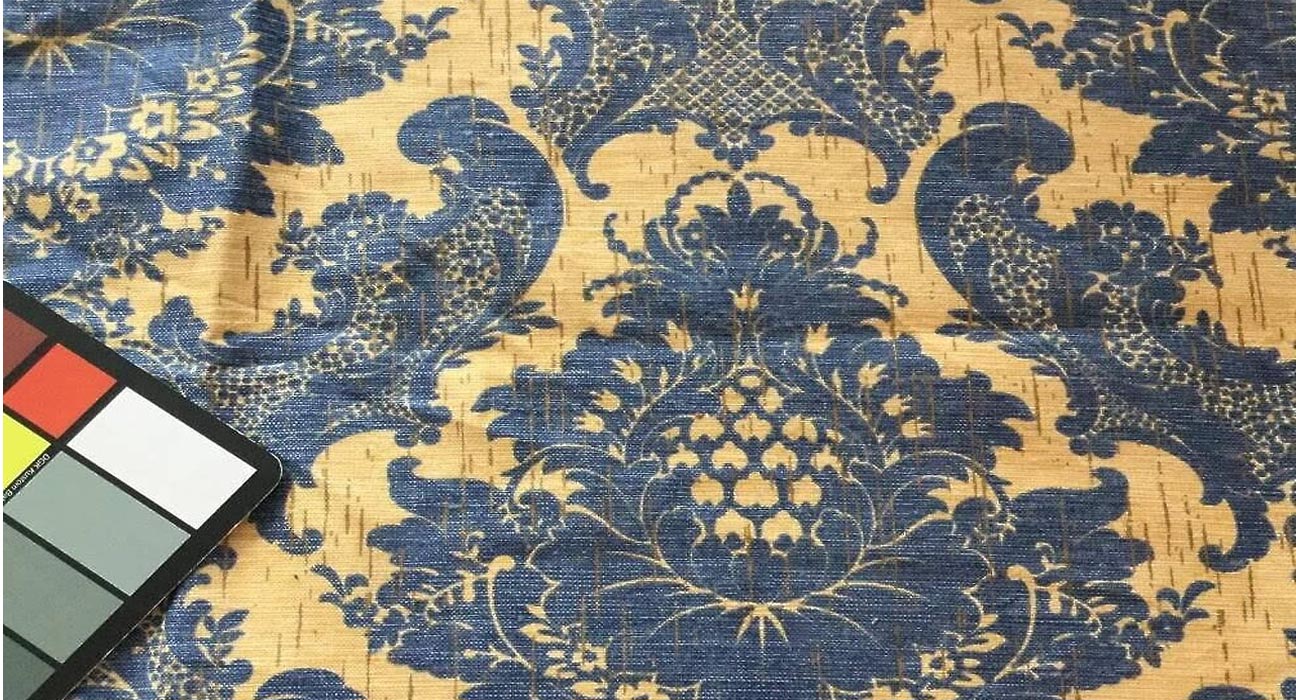What is Damask Fabric?
Damask fabric is named Damascus, where this textile product originated. It is known for its intricate and reversible patterns, damask is prized for its ornateness. These days, however, it’s easy to make incredibly complex damask patterns with modern textile machines. Traditionally, damask was made from silk, cotton, or wool, but synthetic damask weaves are now available also.
How is Damask fabric made?
Traditionally, it has been very difficult to weave damask fabric. With only conventional looms available, a single damask tapestry, for instance, could take weeks to weave. The invention of the Jacquard loom made things easy, and now that these mechanical looms can be computer-programmed, the damask weaving process looks nothing like it once did.
Traditional weaving
Each set of warp and weft yarns is called a filling, and a piece of damask may consist of one or more fillings. Satin and sateen fields are both made, and the warp may pass over up to nine fillings.
Computerized Jacquard loom
Modern damask weaving follows the same basic principles as the traditional manufacture of this textile, but instead of human hands, robotic arms are now doing the dirty work. The computerized Jacquard loom automated away the jobs of thousands of weavers, but it gave all of us access to the beauty of damask fabric that had once been only accessible to the elite.
What Are the Characteristics of Damask Fabric?
Damask is a strong, tightly woven fabric, and there are many qualities that make it an ideal choice as a decorative textile. Here are some of the characteristics of damask:
- 1. Patterned. Damask is defined by its pattern, created through a blend of weaving techniques.
- 2. Thick and heavy. The damask pattern is a very tight weave comprising several layers of threads, resulting in a thick textile.
- 3. Durable. The tight weave also makes damask incredibly strong and durable, making it great for clothing and items in the home that get regular wear, such as upholstered chairs and couches.
- 4. Reversible. Damask is also reversible—the pattern is reflected on both sides.
- 5. Lustrous. Damask is generally woven using the satin weave technique, giving the fabric a lustrous, shiny quality.
Read: Leno Weave Fabric
How Is Damask Used?
Damask is a versatile fabric with several uses, from clothing to home decoration. Here are some of the popular uses of damask:
- 1. Table linens. Damask is used for table sets, like napkins, table runners, and tablecloths. Damask is both decorative, durable, and able to withstand daily use.
- 2. Clothing. Damask is used for clothing items, like decorative jackets or evening gowns. While the thick fabric doesn’t possess the same drape as other lightweight fabrics, the sturdiness creates a structured silhouette.
- 3. Accessories. Damask is also popular for fashion accessories like scarves and handbags. The beautiful pattern and dense fabric create an appealing look for statement items.
- 4. Home decor. Damask is a staple of home decor as a result of its attractive patterns. Damask’s durable nature makes it great for upholstery and curtains.
- 5. Wallpaper. Damask wallpaper is also very popular, but using the actual fabric is quite expensive and labor-intensive to attach to the wall. Many damask wallpapers simply replicate the damask pattern, which looks great in homes due to the simple, repeating design.




